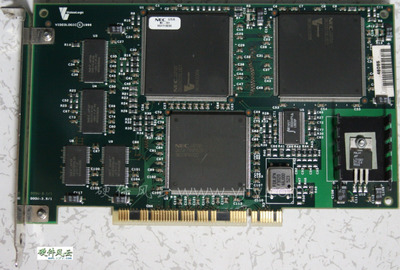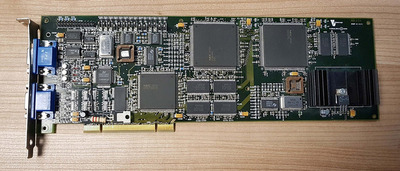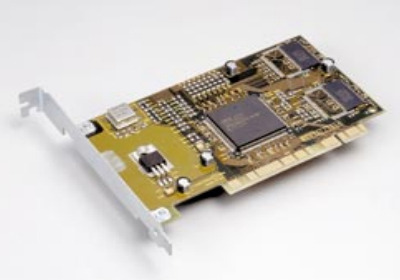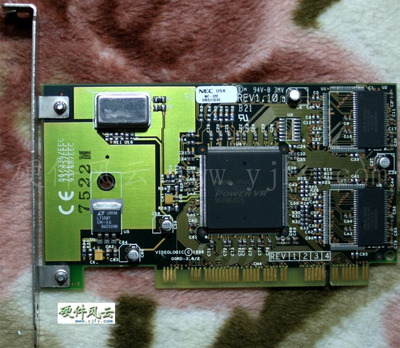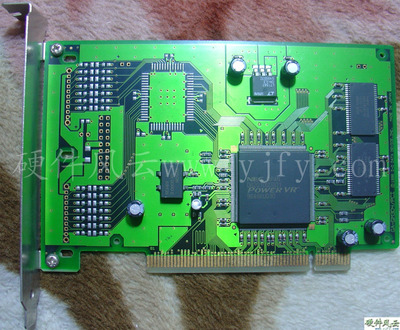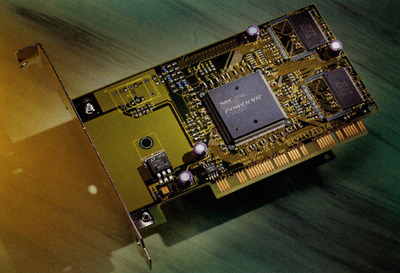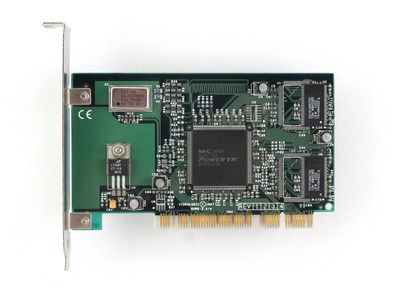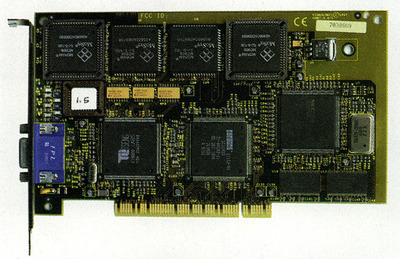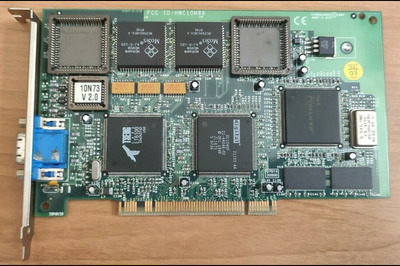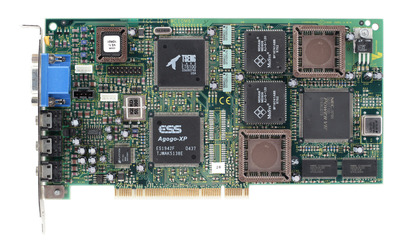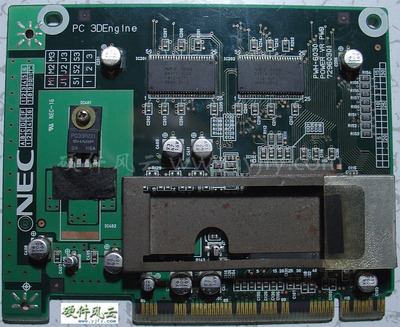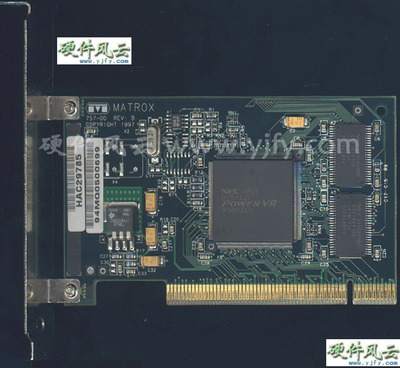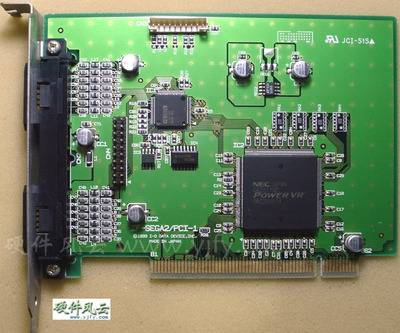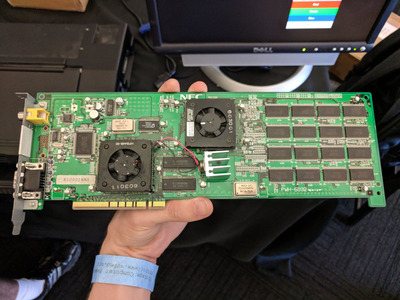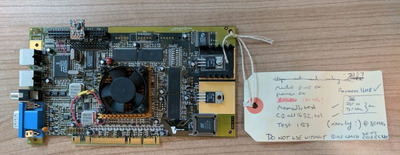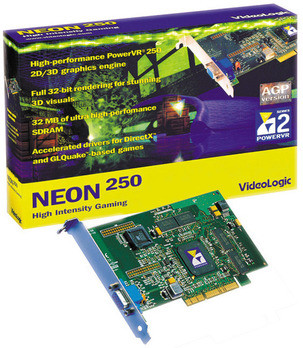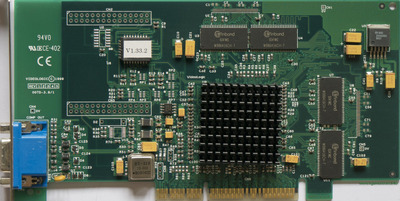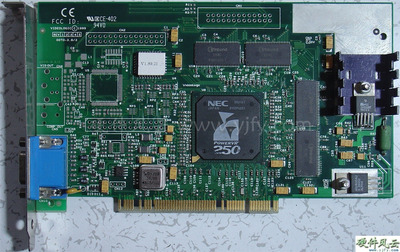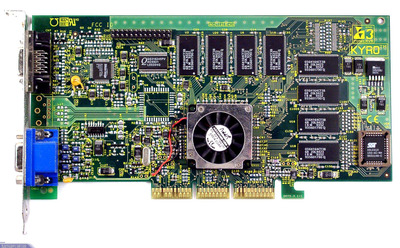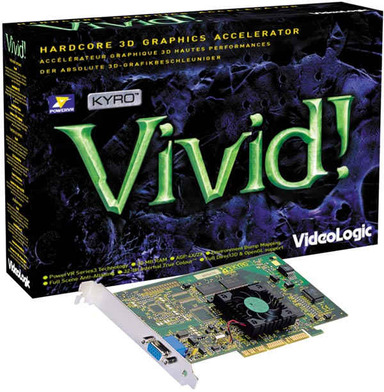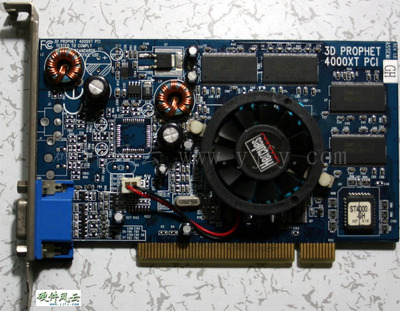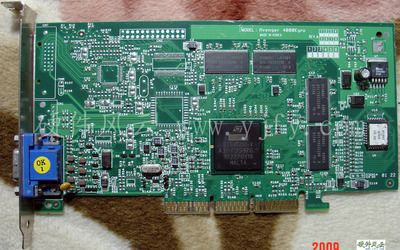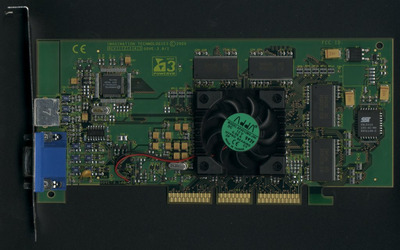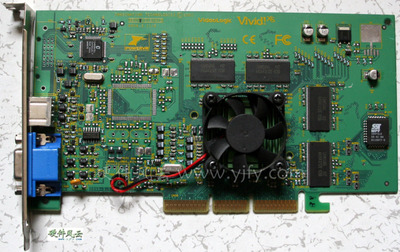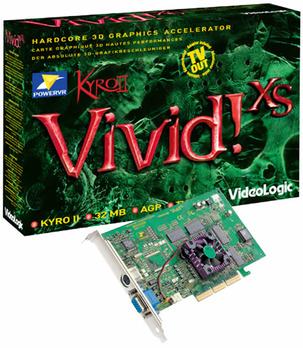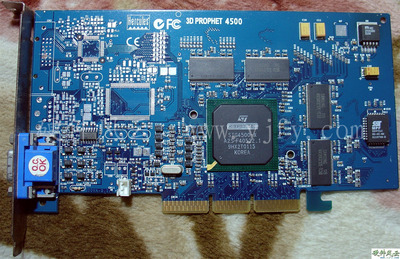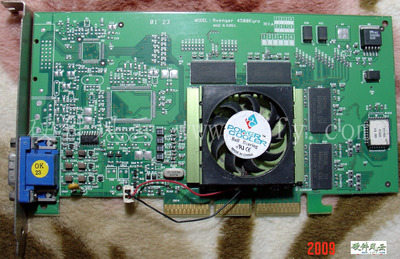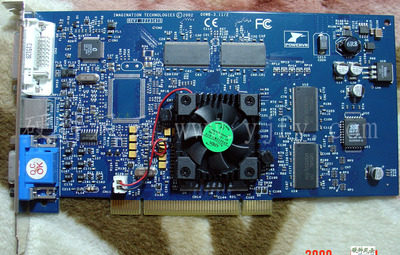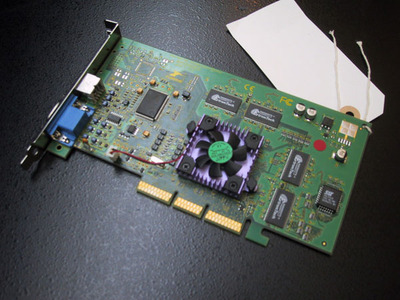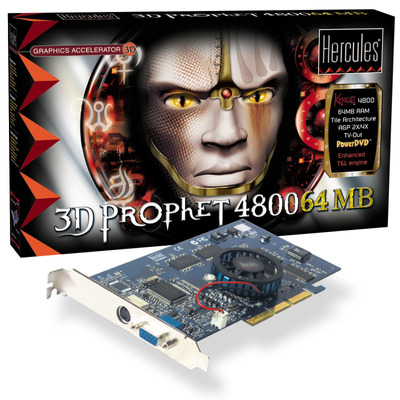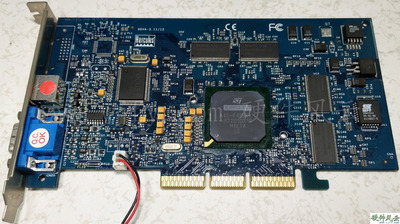First post, by yjfy
History of PowerVR graphics cards
yjfy
The company was founded in 1985 by Tony Maclaren, and subsequently led by him as Group Chief Executive, as VideoLogic and originally focused on graphics, sound acceleration, home audio systems, video-capture and video-conferencing systems.VideoLogic's GraphixStar series of graphics cards have a small reputation.
1.PowerVR Series 1
In 1992, VideoLogic began independent research and development of PowerVR related graphics technology. In December 1994, it sought to cooperate with NEC. On March 23, 1995, VideoLogic licensed its new technology called PowerVR to NEC, and NEC took a stake and held 2.29% of the shares.
The initial target for PowerVR Series1 was arcade systems.VideoLogic also created PC-based solutions in conjunction with NEC.At the end of 1995, Midas 3, the first product of PowerVR Series1, was successfully developed. Midas 3 is highly integrated and transformed into PCX1, and the 0.5 micron process of PCX1 is improved to 0.35 micron to become PCX2. The 3D performance of Midas 3 is between PCX1 and PCX2. PowerVR Series1 3D performance is stronger than Rendition Vérité V1000, and weaker than 3Dfx Voodoo.The market share of PowerVR series 1 was once second only to Voodoo.
1.1 Midas 3
Midas 3 is the first product of the PowerVR series, which is combined by Image Synthesis Processor (ISP, Sabre) and Texture and Shading Processor (TSP, TexAS), and a bridge chip. ISP is scalable, and the arcade machine can even use two or four ISPs. The PC uses a 3-chip structure with a single ISP and TSP configuration.
Midas3 is 3-chip and uses a split memory architecture: 1 MB 32-bit SDRAM (240 MB/s peak bandwidth) for textures and 1 MB 16-bit FPM DRAM for geometry data (PCI communication). .Core clock/Memory clock:66Mhz,66Mpixels/s fillrate,66Mtexels/s fillrate.Unlike other 3D daughter cards, it abandons the VGA interface,pushed the pixel output over the PCI bus and directly into the 2D card display.
1.1.1 Midas 3
PCB#00QU-3.8/1
Midas 3 is manufactured by VideoLogic, and NEC's model is MC-301. Only Midas 3 is used in Presario 8000 series multimedia and PC enthusiast machines released by Compaq on July 17, 1996.
Midas 3
1.1.2 Midas Prototype
This Midas Prototype is an image released by Imagination to commemorate the 25th anniversary of PowerVR. Due to the age, Imagination internal staff can no longer tell whether it is Midas 1 or Midas 2. I think it is Midas 2 because of its high degree of completion. It is a product evaluation board, and Midas 1 should be a chip evaluation board.
Midas 2 needs to be connected to the 2D card in the computer via a VGA cable to superimpose the 3D image. Just like the Voodoo card of 3DFX later, this design will lead to too high product cost. Midas 3 eliminates the image input and output sockets and its auxiliary circuits, and uses the PCI interface to transmit 3D images to the 2D graphics card, saving costs.
Midas 2
(From Imaginationtech.com)

